Healthy Women Choose WIC

It’s a choice to be proud of, and we are excited you are here!
With WIC, you can:
- Find healthcare and other services
- Learn to make smart food choices
- Learn ways to keep you and your family safe
- Get support with breastfeeding
- Buy healthy foods
This website has tips to help keep you healthy. These tips do not replace your healthcare provider’s advice. Write down questions in your notes app in your phone so you have the questions with you at your next healthcare appointment.
Nutrition sessions with WIC can help you learn about healthy eating, share ideas, and ask questions to help support your journey. We hope you enjoy your experience with WIC; we are happy to share this special time with you.
Sincerely,
Your WIC staff
Get the Care You Need
Ask your healthcare provider what vaccines you need.
Routine healthcare visits and checkups help you stay healthy. Vaccines keep you safe from viruses and diseases like COVID-19, measles, polio, and tetanus. Keep a record of the vaccines you’ve received and bring it with you to all appointments.
If you need help to pay for healthcare, contact your local Medicaid office.

Choose Healthy Foods
Eat regular meals and choose a variety of whole grains, vegetables, fruits, dairy, and protein foods.
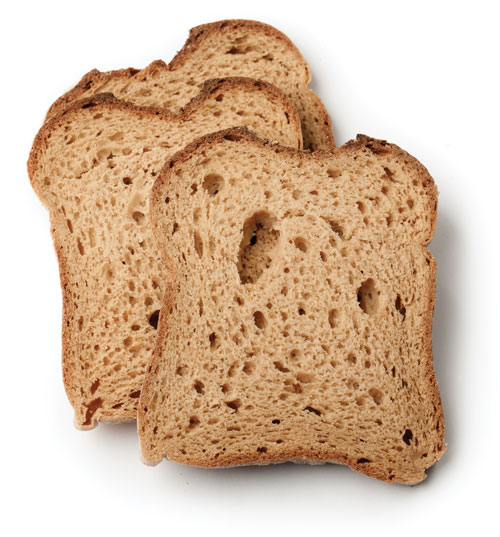
(6-7 servings)
1 Serving = 1 Ounce
Examples:
- 1 slice bread or tortilla
- ½ bagel or hamburger bun
- ½ cup cooked rice, noodles, or cereal
- 1 cup flake-type cereal
Eat whole grains like:
- Oatmeal
- Whole wheat bread or rolls
- Brown rice
- Whole wheat pasta
- Tortillas (whole wheat or corn)
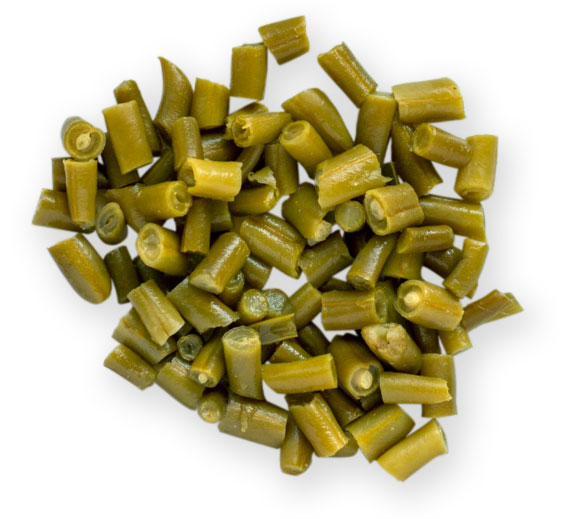
2½ cups per day
Examples:
- 1 cup raw or cooked vegetables
- 1 cup lettuce or other leafy greens
- ½ cup vegetable or tomato juice
Tips:
- Eat many kinds and colors: dark green, orange, red, yellow, purple, and white
- Add to: scrambled eggs, rice, noodles, salads, and casseroles
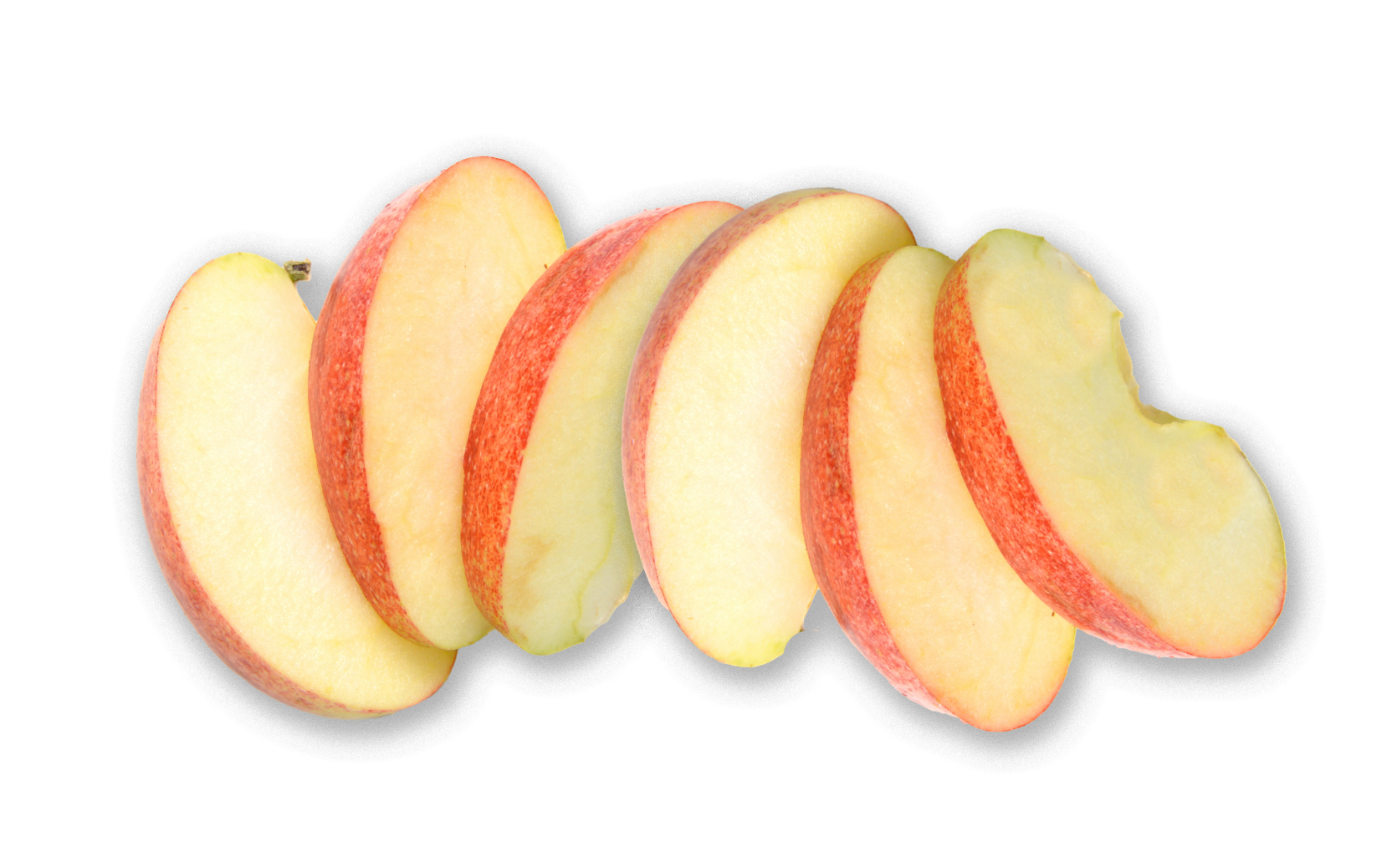
2 cups per day
Examples:
- ½ cup chopped or cooked fruits
- 1 fruit – apple, orange, peach, etc.
- ½ cup 100% fruit juice
- ¼ cup dried fruit
Tips:
- Eat many kinds and colors: red, yellow, orange, blue, green, purple, and white
- Put sliced or chopped fruit on cereal, pancakes, pudding, and frozen yogurt
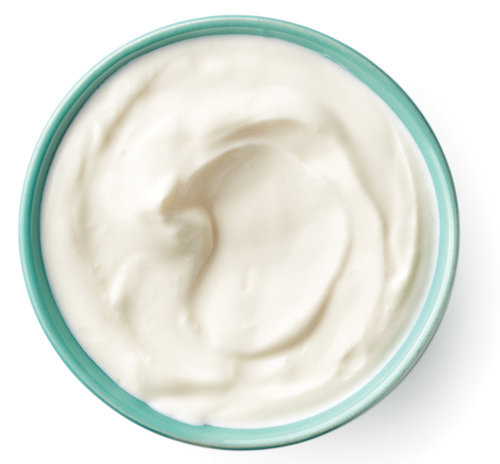
3 cups per day
Examples:
- 1 cup milk
- 1 cup yogurt
- 1½ ounces cheddar or similar cheese
- ⅓ cup shredded cheese
- 2 cup cottage cheese
- 1 cup soymilk
Tips:
- Choose low-fat or non-fat milk
- A 1½ ounce serving of cheese is the size of 3-4 dice-sized cubes

5½ ounces per day
Examples:
- 1 ounce meat, chicken, turkey, or fish
- ¼ cup canned light tuna
- 1 egg
- ¼ cup cooked beans or tofu
- 1 tablespoon peanut butter
Tips:
- A 3-ounce serving is the size of a deck of cards Choose lean meats – bake,
- broil, or grill them Beans are a great source of protein
Eat Breakfast, Lunch, and Dinner

WIC foods give your body healthy vitamins and minerals like:
- for healthy blood
- for strong bones and teeth
- for healing
- for body repair
Here are some examples of what meal and snack portion sizes might look like on your plate.
Breakfast
1 cup water
½ sliced orange

1 slice whole grain toast
with ½ cup mashed avocado
1 hard-boiled egg
Lunch
1 cup water
½ cup large, sliced strawberries
1 cup sliced carrots

2 slices whole grain bread
with 3 ounces canned tuna
with ¼ cup lettuce and ¼ cup tomato
Snacks

½ cup sliced peaches
1 cup low-fat or non-fat milk
½ cup sliced apples
with 1 tablespoon peanut butter
3 or 4 slices cheese
½ cup sliced cucumbers and ½ cup cherry tomatoes
water between meals and snacks
Dinner
1 cup grapes
1 cup mixed, green salad with 1 tablespoon dressing
½ cup cooked green beans

1 cup low-fat or non-fat milk
1 cup whole grain spaghetti
with ¼ cup ground beef
with 1 cup tomato sauce
Breakfast Ideas
EXAMPLE: Whole Wheat Tortilla + Peanut Butter + Apple Slices
BREAD, CEREAL, OR OTHER GRAINS
- Bagel
- Cereal
-
Whole wheat or corn tortilla
- Crackers
- English muffin
- Oatmeal or grits
- Raisin bread
- Whole grain bread
- Granola or trail mix
- Whole grain waffle
DAIRY OR PROTEIN
- Low-fat milk
- Low-fat cheese
- Low-fat yogurt
- Egg, cooked
- Nuts (like walnuts)
-
Peanut butter or nut butter
- Hummus
FRUIT OR VEGETABLE
- Applesauce
- Green peppers
- Tomato
- Avocado
-
Apple
- Banana
- Melon
- Orange
- Peach
- Pineapple
- Raisins
- Strawberries
Be Smart About Fast Foods

On the go? Look for options that are grilled. Try to add veggies on your food or on the side for more fiber and vitamins. Look at all the options for sides.
- Grilled chicken sandwich
- Turkey and avocado sub
- Hamburger or cheeseburger
- Pizza topped with many vegetables
- Baked potato with vegetable and cheese toppings
- Bean burrito
- Fruit
- Water, low-fat milk or 100% juice
Get Folic Acid Every Day.
Folic acid is a vitamin that every cell in your body needs. This vitamin might protect you from a heart attack, stroke, and cancer. If you become pregnant, it protects your unborn baby from birth defects in their spine and brain, which develop very early in pregnancy. It is recommended to get at least 400 micrograms (mcg) every day.
- Take a vitamin that has 400 mcg folic acid in it every day.
- Eat a bowl of breakfast cereal that has 100% of the daily value of folic acid every day.
Eat foods with folic acid even if you take a vitamin pill or eat fortified cereal.
- Add some cantaloupe, oranges, or strawberries to your breakfast.
- Choose darker green lettuce and greens, like romaine, green leaf or raw spinach for salads or sandwiches.
- Have peanuts or peanut butter for a snack.
- Mix up a great tasting dip and use cut up raw veggies, like broccoli and cauliflower or use cherry tomatoes and mini carrots for dipping.
Check nutrition labels to get enough folic acid each day.

What About Iron?
try to eat more iron-rich foods like:
- Iron-fortified breakfast cereal
- Beans, like white beans, lentils, garbanzo beans, or pinto beans
- Lean red meat
- Tofu
- Eggs
- Greens, like spinach, collard greens, and mustard greens
- Potato with skin
- Prune juice
- Whole grain bread
Vitamin C helps iron absorb in your body. Combining iron-rich foods like mentioned above with foods high in Vitamin C can help the iron absorb better. All fruits and veggies are good sources of vitamin C, including 100% fruit juice.
Small Changes + Healthy Choices = A Healthier You!
Here are some helpful tips to make small changes that can have big impacts:
- Don’t eat food directly from the package – portion out foods, like crackers, nuts, trail mix, pretzels, cheese cubes, etc., into individual containers or zip-top bags. Better yet, put vegetables in a container for quick healthy snacks without all the calories.
- Make vegetables a part of every meal - start a family meal with a bowl of vegetables or salad placed at the center of the table and eat plenty. Serve the main dish in the kitchen. Use the MyPlate guide to fix your plate at www.myplate.gov.
- Stop eating when you feel full – remind yourself that it’s okay to stop eating before your plate is empty or before everyone is done eating.
- Watch your portions – use smaller plates. Studies show we eat more when we use bigger plates.
- Cut back on extra fats and sugars – cut calories by cutting out foods high in fats and added sugar. Decide to choose sweet drinks, cookies, cakes, candies, and ice cream as occasional treats. Limit meats, like ribs, bacon, and hot dogs. Try replacing the candy jar with almonds or cashews instead.
- Cook at home – try healthier recipes that use less fat, sugar, and salt. Make a goal to cook more meals at home, using healthy recipes like these: https://www.myplate.gov/myplate-kitchen/recipes.
- Drink water – keep water with you throughout the day. Sipping water can help fill you up so you don’t eat as much. Not a fan of plain water? Try adding a little flavor with a squirt of fresh lemon or lime juice.
- Get moving – eating healthy is only one part of feeling great and having more energy – being active helps too. Staying active helps relieve stress, manage your weight, and boost your mood. If you are new to exercise, talk to your healthcare provider first, then start out slow. Try a small change to increase your physical activity by taking the stairs instead of the elevator or parking far away from the entrance of a building to increase how much you walk.
Be Active Whenever You Can
Your body likes when you move it. If your healthcare provider says it’s okay, stay active. Walking, stretching, and swimming are a few good ways. Start with a 5- or 10-minute walk. After one week, walk a little longer or farther. Set a goal that works for you – what’s important is to stick with it!

- Help your body feel great
- Give you more energy
- Lower stress and help you relax
- Help your body maintain a healthy weight
- Build muscles and strength

Here are other easy ways to move your body
- March in place when you watch TV or talk on the phone.
- Play music and dance.
- Ask your friends and family to join you on a walk.
- Find other fun and free workout programs/videos online from a licensed professional.
Keep Your Smile Healthy
Healthy teeth and gums are a sign of good health. To help keep your smile shining bright:
- Brush your teeth (and tongue) at least 2 times a day.
- Floss your teeth every day.
- Drink water, not sugar-sweetened drinks.
- Get a dental checkup every 6 months.
If you have any questions about your dental coverage or need help finding dental assistance, visit https://ddokfoundation.org/need-dental-care/.
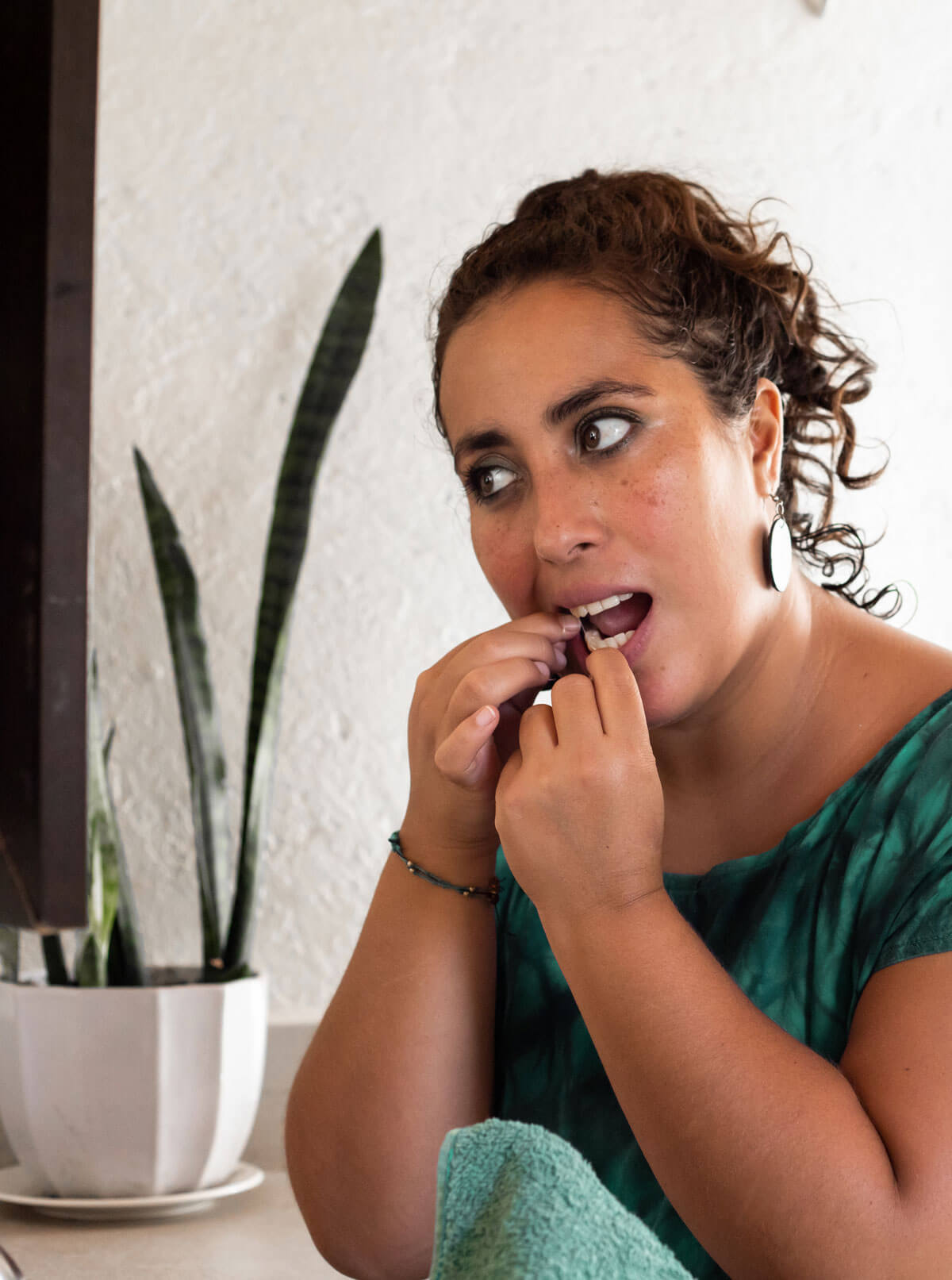
Be Kind to Your Mind
Life can be filled with ups and downs. Many women cry or feel sad from time-to-time, but if these feelings don’t go away or get worse, they may need help. Depression does not mean a person is weak or lazy and is not something you can just “snap out of”. Most people who experience depression can start to feel better with time and treatment.
Depression can feel different for everyone. Some women with depression feel intense sadness, but others do not feel sadness at all. Some people with depression may also have physical symptoms, such as aches or pains, headaches, cramps, or digestive problems, while others do not.
If you experience any of the following signs and symptoms for at least two weeks, make an appointment with your healthcare provider.

You may be suffering from depression if you are experiencing:
- Persistent sad, anxious, or “empty” mood
- Feelings of hopelessness or pessimism
- Irritability
- Feelings of guilt, worthlessness, or helplessness
- Decreased energy or fatigue
- Difficulty sleeping, early morning awakening, or oversleeping
- Loss of interest or pleasure in hobbies and activities
- Moving or talking more slowly
- Feeling restless or having trouble sitting still
- Difficulty concentrating, remembering, or making decisions
- Changes in appetite or weight
- Thoughts of death or suicide, or suicide attempts
- Aches or pains, headaches, cramps, or digestive problems without a clear physical cause that do not ease even with treatment

You deserve to feel well
Free, confidential treatment referrals are available. Find the support you need by contacting the Substance Abuse and Mental Health Services Administration (SAMHSA) National Helpline:
- Call 1-800-662-HELP (4357)
- Visit online at https://www.samhsa.gov/
If you have thoughts of harming yourself or others, get help right away.
Feeling Anxious?
Try this stress reliever whenever or wherever you are!
- Sit in a chair.
- Put your hands on your stomach.
- Breathe in through your nose as you slowly count to 4. Hold for one second.
- Breathe out through your mouth as you slowly count to 4. Repeat 5 to 10 times.

Staying Safe

Quitting or reducing smoking, drinking, or other drugs can be difficult. WIC can help you with resources.
Help keep yourself healthy and safe by avoiding tobacco or nicotine products, alcohol, marijuana, and other drugs.
- Smoking or using tobacco or nicotine products can impact your health, as well as others around you. Smoking around babies or children can increase their risk for colds, ear infections, Sudden Infant Death Syndrome (SIDS), or asthma. Consider a no smoking rule for your home and vehicles. It’s ok to ask people to not smoke around you!
- Avoiding alcohol, marijuana, and other drugs helps keep you healthy and safe. WIC has resources to support your efforts to stop or reduce your use.
Quitting or reducing intake IS possible. If you are hoping to quit or reduce your use, the following websites are a great starting place!
- Visit https://quitnow.net/ for support with quitting tobacco or nicotine use, including free coaching, a free quit plan, and educational materials.
- Contact your healthcare provider or visit https://findtreatment.gov/ for support with quitting alcohol, marijuana, or other drugs.
